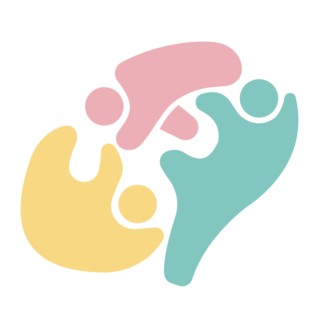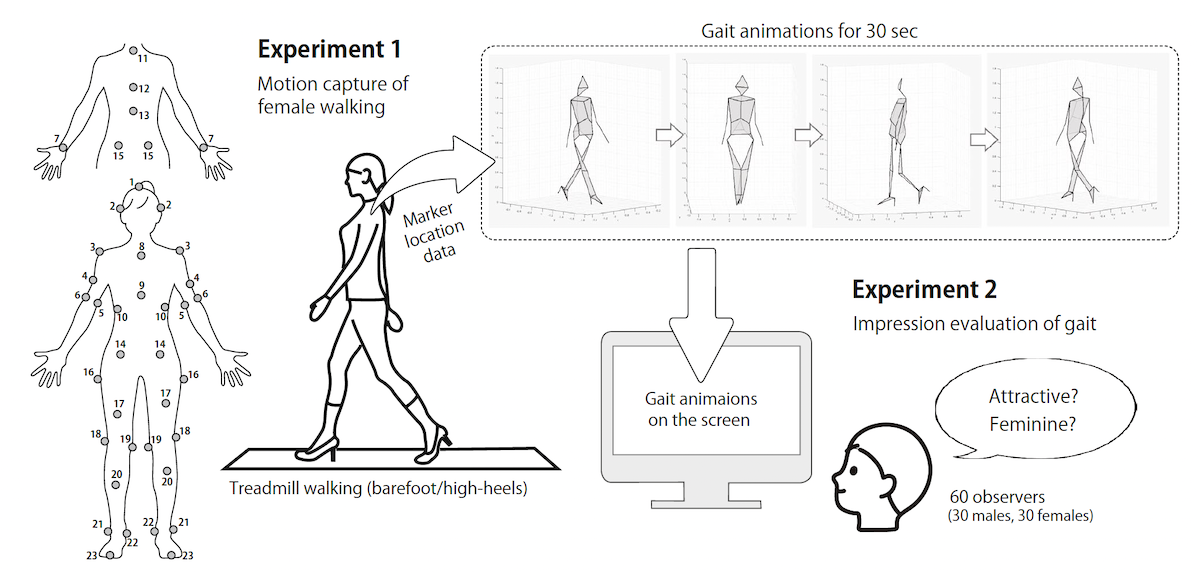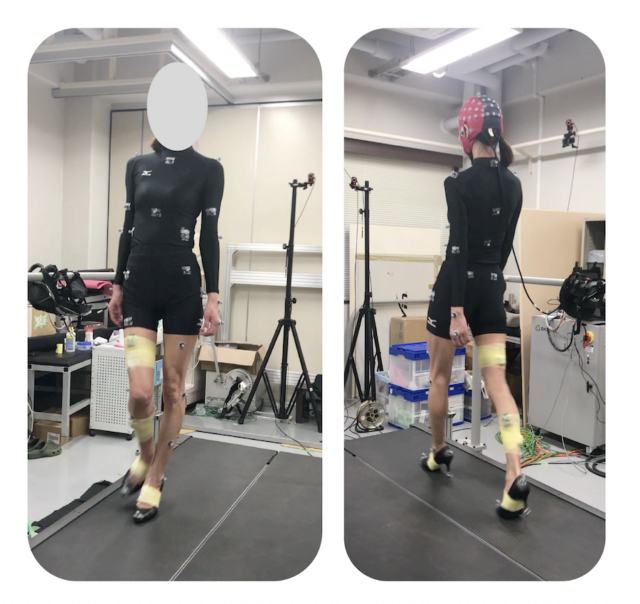Profile

- Research Subject
We are studying the mechanism underlying body movement or behavior and the psychological processes, such as motor control, motor learning, motion attractiveness, and beauty. We are targeting a variety of body movements, such as walking, sports performance, dance, and playing musical instruments.
- Research Fields
- Cognitive and behavioral science (motor control, body expression, and sports psychology)
- Faculty - Division / Research Group / Laboratory
- Division of Human Sciences / Research Group of Psychology / Laboratory of Psychology
- Graduate School - Division / Department / Laboratory
- Division of Human Sciences / Department of Psychology / Laboratory of Psychology
- School - Course / Laboratory
- Division of Humanities and Human Sciences / Course of Human Sciences / Laboratory of Psychology
- Contact
Office/Lab: E410
Email: h.tanabe(at)let.hokudai.ac.jp
Replace “(at)” with “@” when sending email.Foreign exchange students who want to be research students (including Japanese residents) should apply for the designated period in accordance with the “Research Student Application Guidelines”. Even if you send an email directly to the staff, there is no reply.- Related Links
Lab.letters


How do we move and behave adaptively in different environments?
In sports, good performance is achieved by adapting to an ever-changing environment, including your opponent’s movements, and adjusting your body accordingly. Similarly, in situations such as job hunting or on-stage presentations, it is important to modify your posture, speaking style, and gestures, etc. depending on the person or audience. But are there any rules for behavior and body movement that lead to success in such diverse and complex situations? In my research, I extract and analyze patterns of behavior in various daily situations, and I am trying to draw out parameters for clarifying how these patterns are related to environments and relationships with others.
I am pursuing psychological and physical mechanisms by building a new standard using various mathematical analysis methods. At the same time, I hope to be able to present hints on approaching “the self that we strive for” and “the self that we want to express” to people who struggle with self-realization in today’s diverse and modern society.

A theme that started with my own problems and that which holds my desire to research without interruption
When we think of a research topic in my lab, I value the wonders and wishes that emerge in our daily lives. Everyday occurrences of “I don’t know why, but this just happens” can potentially shed light on human psychology and behavior. I used to dance classical ballet, and that led my interest in the relationship between body movement, expression, and beauty.
Psychology research at Hokkaido University really covers a wide range of areas, and it is fertile soil for accepting approaches from a variety of perspectives. There is active cooperation with the Center for Experimental Research in Social Sciences (CERSS) at Hokkaido University and exchanges between laboratories, and there is an open research environment unique to Hokkaido University which supports the significant development of students.
Message
Various psychological processes hide behind our physical movement and behavior. We can feel that there is something attractive about someone’s posture, the way we walk and our behavior can become awkward due to nerves, and the way that athletes and artists carry themselves can seem graceful, our bodies and minds dynamically interact in different environments.
In my laboratory, we are conducting research on clarifying the relationship between the dynamics of physical movement and the psychological phenomena that lies in the background (attractiveness, impression, dexterity, motor learning, artistry, etc.) by measuring physical movement. Current research projects include; “Relationship between self-branding and behavior,” and “Development of a skill evaluation and learning support model for the development of motor learning app.” We would be more than happy for people who want to research the relationship between physical movement and the mind, beyond our current themes, to join us. Students in my lab research the mechanisms behind various phenomena based on their backgrounds, such as changes in athletic performance, music perception, computer games and motivation.



